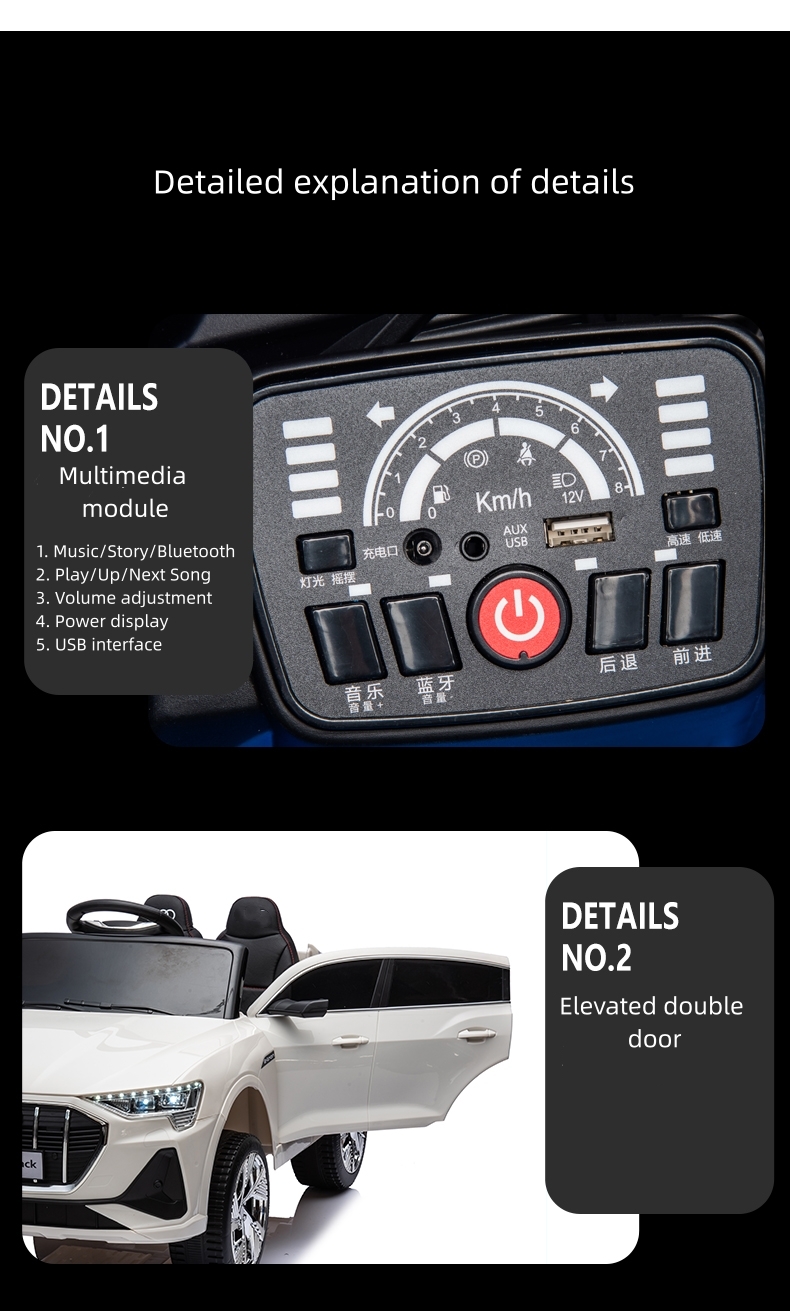Understanding the Key Differences Between Scooters and Motorcycles for Better Choices
When comparing scooters and motorcycles, it's essential to recognize that while both are two-wheeled vehicles, they differ significantly in design, functionality, and usage. Understanding these differences can help consumers make informed choices based on their specific needs.
First and foremost, the engine size is a critical distinction between scooters and motorcycles. Scooters generally have smaller engines, typically ranging from 50cc to 250cc. This makes them ideal for urban commuting as they can navigate through traffic easily and are more fuel-efficient. Motorcycles, on the other hand, usually have larger engines, often exceeding 250cc, and can go up to 1000cc or more. This difference in engine size results in motorcycles providing greater acceleration and speed, making them more suitable for long-distance travel and highway riding.
Another significant difference is in the design and structure of the two vehicles. Scooters usually feature a step-through frame and a platform for the rider’s feet, which contributes to their ease of use. This design makes scooters particularly user-friendly for beginners, as they often do not require complex maneuvers to operate. Motorcycles, however, have a more robust build, with a traditional seat and higher handlebars. This design can require more skill and balance to operate, making riding a motorcycle somewhat more challenging for inexperienced riders.
In terms of storage, scooters typically come equipped with under-seat storage compartments, allowing riders to stow away small items like helmets or groceries conveniently. Motorcycles, conversely, often do not have built-in storage solutions, although saddlebags and other accessories can be added for extra carrying capacity.
what is the difference between scooter and motorcycle

When it comes to licensing and regulations, there can also be notable differences. In many regions, obtaining a scooter license is less stringent compared to a motorcycle license, reflecting the lower power output and reduced risk associated with scooters. Consequently, new riders often find it easier to start with a scooter before transitioning to a motorcycle.
Lastly, the style of riding can differ between the two vehicles. Scooters are often favored for short trips within urban environments, where quick stops and an agile driving style are beneficial. Motorcycles are commonly associated with long rides and a sense of freedom on the open road, often appealing to enthusiasts who enjoy touring or off-road adventures.
In conclusion, while scooters and motorcycles share some common traits as two-wheeled vehicles, they cater to different riding experiences, preferences, and practical needs. Opting for one over the other depends largely on individual lifestyle, riding goals, and comfort levels. By examining these factors closely, potential riders can choose the option that best suits their needs.
-
Children's Tricycle: Enlarged Seat, Sunshade & Safety Push BarNewsAug.31,2025
-
Sports Kids Bike: High Carbon Steel Argon Arc Welded Frame | Beautiful GiftNewsAug.30,2025
-
Ultimate 24V Children's Car: Power, Fun & Safety for KidsNewsAug.29,2025
-
Children's Electric Car Ride Ons: 2-Seater, Bumper & Audi ModelsNewsAug.28,2025
-
Understanding Voltage in Battery for Children's Motorized CarNewsJun.05,2025
-
Safety Features to Look for in an Electric Car for KidsNewsJun.05,2025
